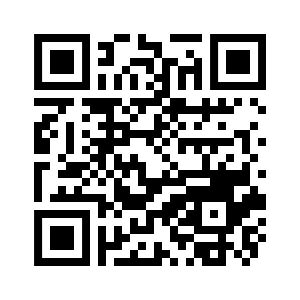Work-life Balance Among Daily Worker Amid Covid-19: Differences Between Gender and Sector
DOI:
https://doi.org/10.33557/mbia.v23i1.3200Keywords:
Work-life Balance, Time Balance, Involvement Balance, Satisfaction Balance, Daily WorkerAbstract
This study aims to identify WLB in DW workers in the hospitality business during the COVID-19 pandemic in Palembang City. The hospitality business, which includes the lodging, travel and tourism, food and beverage (F&B), and recreation businesses affected by the pandemic, has changed the employment status of surviving workers to Daily Workers (DW). The reduced number of workers in this business has caused DW's workload to be heavier. Several previous studies noted that the high workload will disrupt workers' work-life balance. This study uses a causal-comparative study design to explore whether there are differences in WLB by gender and sectorally between the F&B and Lodging sectors during the pandemic. In this case, we saw WLB from the side of Time balance (TB), Involvement balance (IB), and Satisfaction balance (SB). Because the results of the normality test of the data indicate that the research data did not pass the test, We used the Mann-Whitney U Test non-parametric statistical to test the two samples in this study. Based on the test results, the WLB gender is different in the time balance variable, while from the sectoral side, WLB is different in the satisfaction balance variable.
Keywords: Work-life Balance, Time Balance, Involvement Balance, Satisfaction Balance, Daily Worker, Hospitality
Abstrak
Penelitian ini bertujuan untuk mengidentifikasi keseimbangan kehidupan kerja (Worklife pada pekerja harian (Daily Worker/DW) di industri perhotelan selama pandemi Covid-19 di Kota Palembang. Industri perhotelan meliputi akomodasi, perjalanan dan pariwisata, makanan dan minuman (Food and Beverage/F&B), serta rekreasi, terkena dampak pandemi yang merubah status pekerja yang masih bertahan menjadi pekerja harian. Adanya pengurangan jumlah pekerja sebagai akibat kebijakan pembatasan mobilisasi selama pandemi menyebabkan beban kerja pekerja harian menjadi lebih berat. Beberapa studi sebelumnya mencatat bahwa beban kerja yang tinggi akan mengganggu keseimbangan kehidupan dan kerja tenaga kerja. Studi ini menggunakan disain komparatif kausal untuk mengeksplorasi apakah terdapat perbedaan dalam keseimbangan kehidupan kerja berdasarkan jenis kelamin dan antar sektor, yaitu sektor F7B dan akomodasi selama pandemi. Penelitian ini, WLB akan dilihat dari sisi Keseimbangan Waktu (Time Balance/TB) Keseimbangan Keterlibatan (Involvement Balance/IB) dan Keseimbangan Kepuasan (Satisfaction Balance/SB). Oleh karena hasil pengujian normalitas menunjukkan data yang tidak terdistribusi dengan normal, analisis penelitian ini menggunakan uji statistik non-parametrik Mann-Whitney U Test. Berdasarkan hasil pengujian diketahui bahwa WLB berdasarkan jenis kelamin berbeda pada variabel keseimbangan waktu, sementara dari sisi sektoral, WLB memiliki perbedaan dalam variabel keseimbangan kepuasan.
Kata Kunci: Keseimbangan Kehidupan-Kerja, Keseimbangan Waktu, Keseimbangan Keterlibatan, Keseimbangan Kepuasan, Pekerja Harian, Hospitality
Downloads
Published
Issue
Section
License
MBIA Universitas Bina Darma Jalan Jend. A. Yani 13 Ulu Palembang 
MBIA by http://journal.binadarma.ac.id/index.php/mbia is licensed under a Creative Commons Attribution-ShareAlike 4.0 International License.











